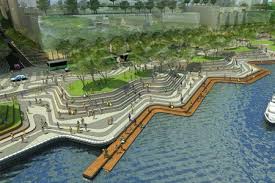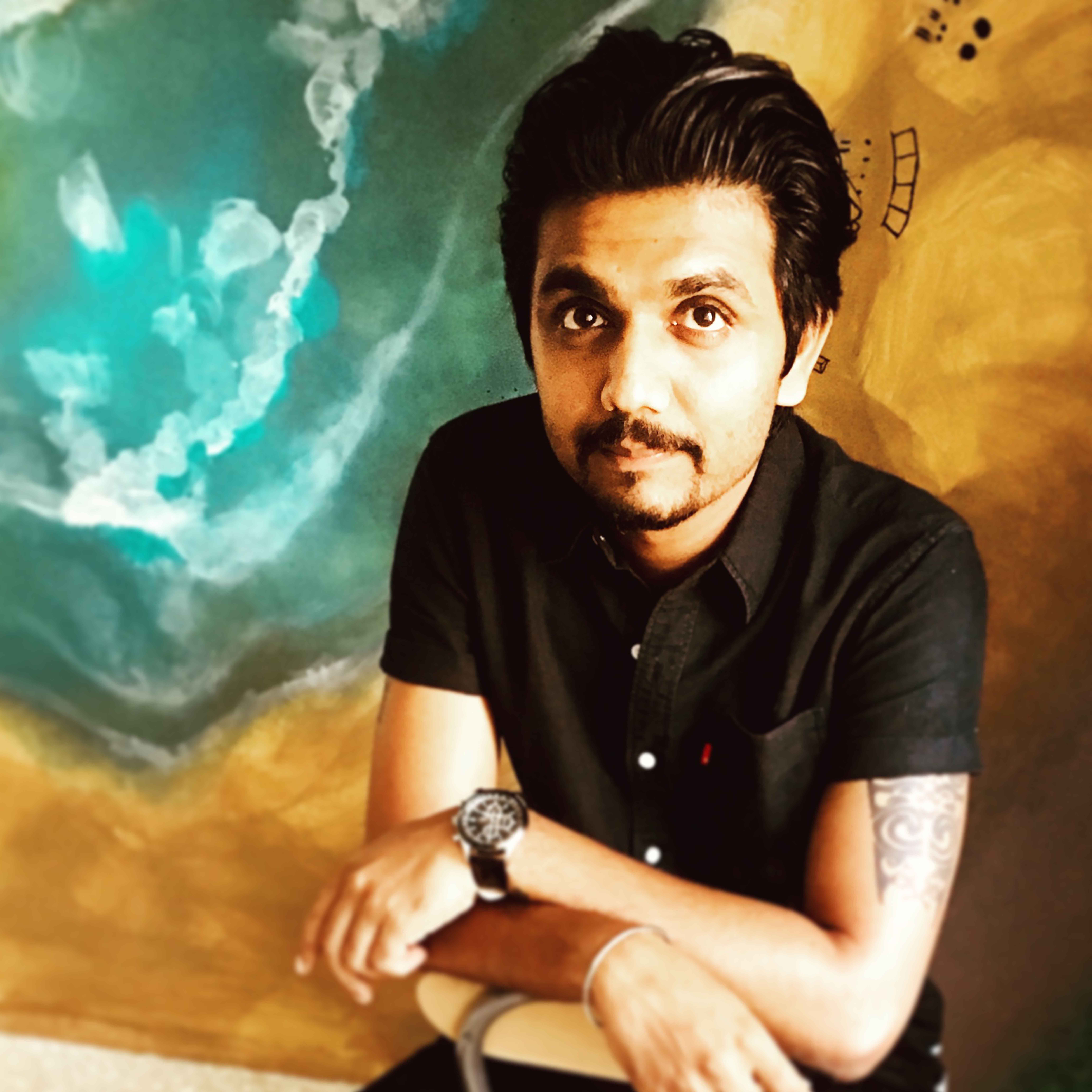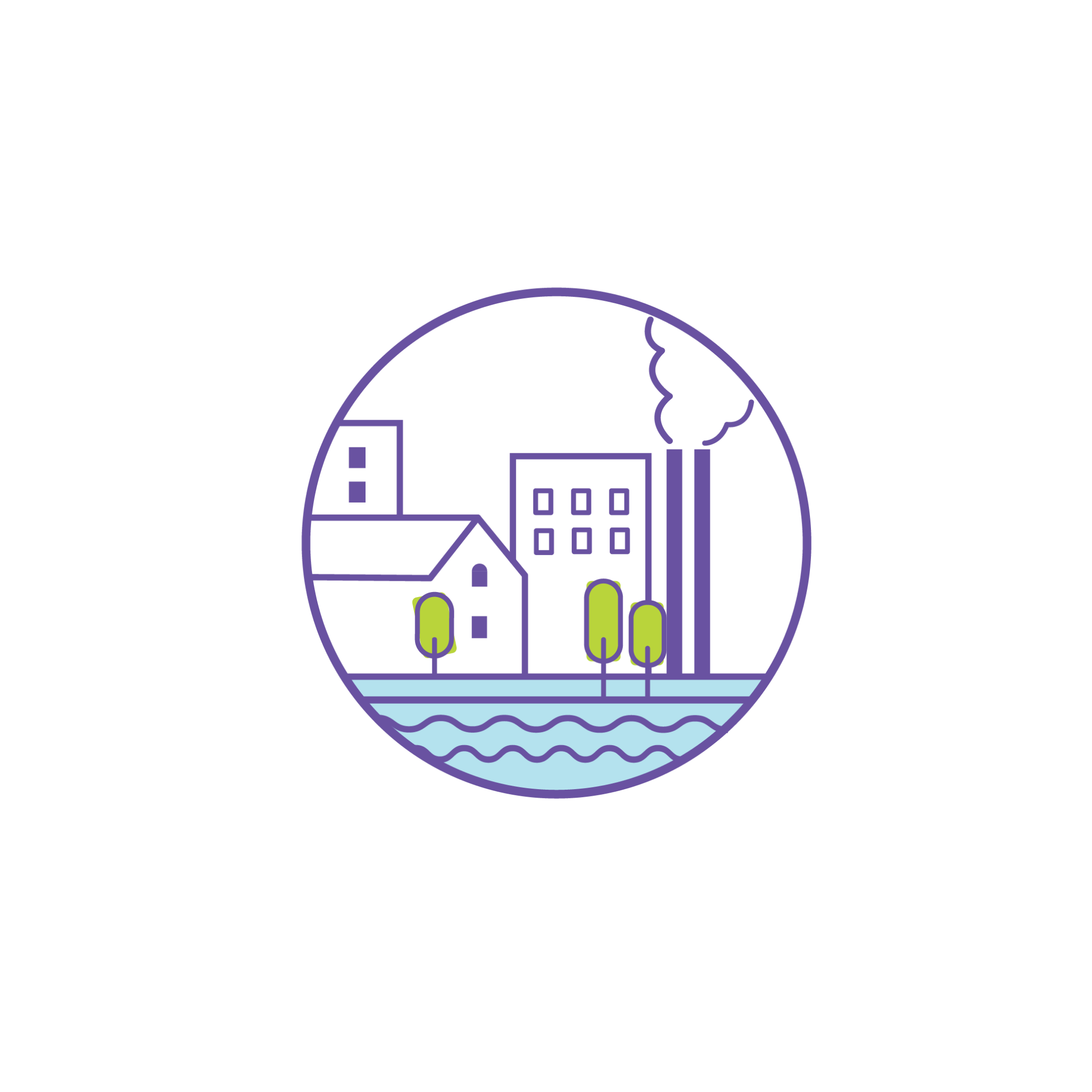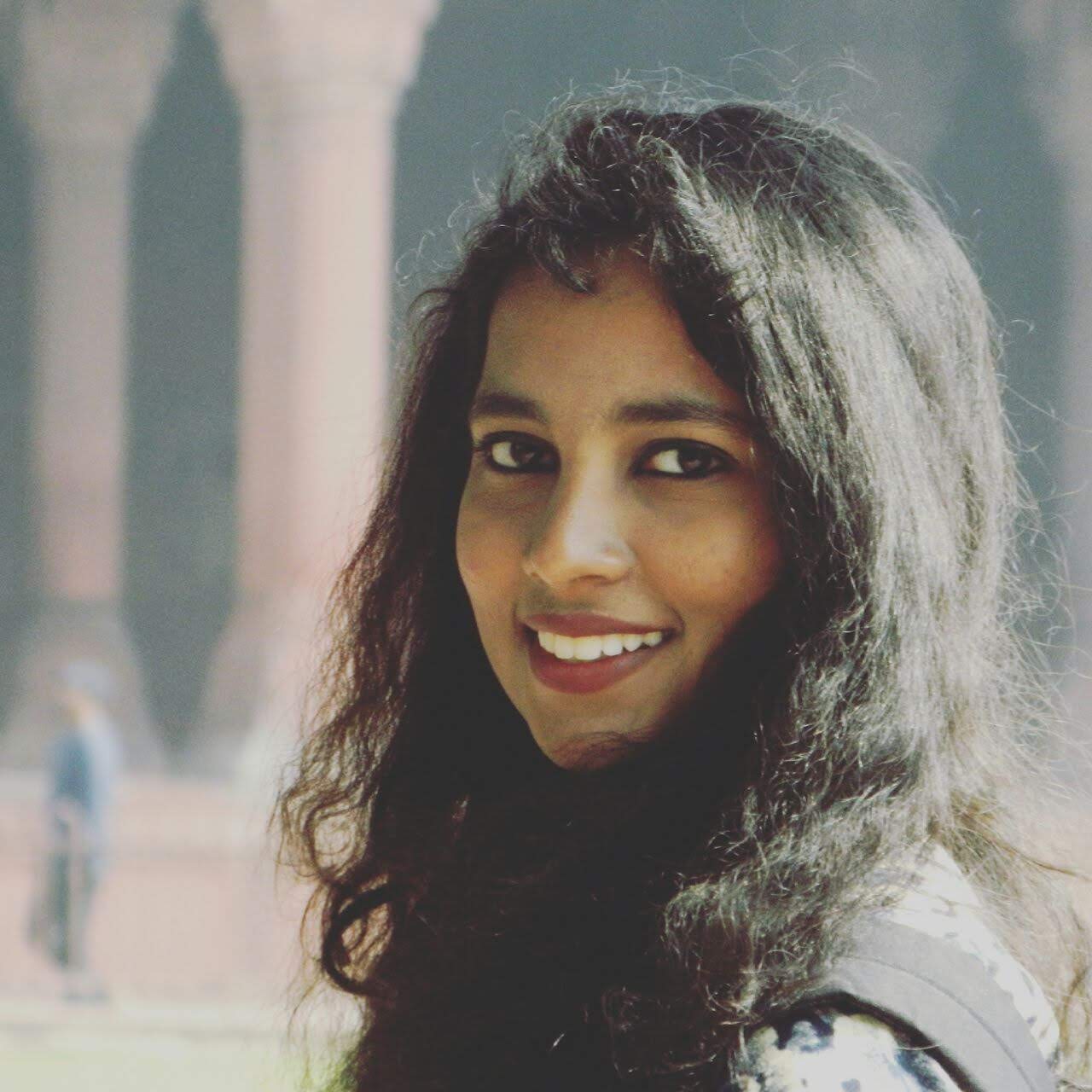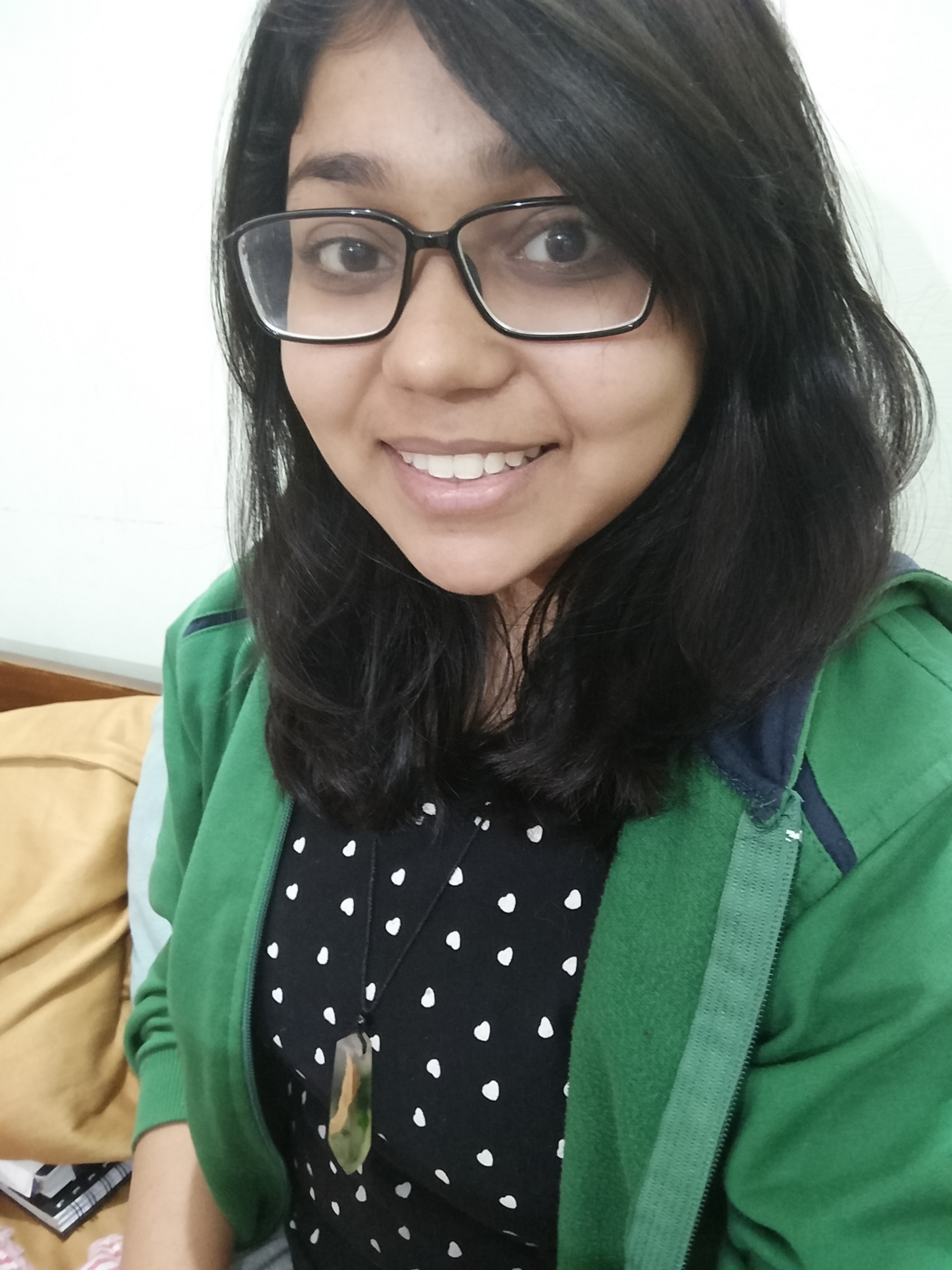Transit in Hubballi-Dharwad
You’ve just arrived home from a gruesome day at work and navigating traffic after managing to find a seat on the local train in Mumbai. Would you ever want to go back out to have dinner at a far-off restaurant on a weekday? Maybe nearby, depending on the neighborhood you live in. But definitely not to Fort. Why not get it delivered home. Because you are not prepared to make your way through traffic the third time in a day. Wouldn’t it be wonderful to get away from all this? To live in the beautiful countryside with foliage covering every inch of the land, waking up to the chirping birds, milkmen calling out to you in the morning? Ah, that would be life. The reality of the tier II developing city of Hubballi-Dharwad is far from this dream when it comes to the traffic condition between the twin cities. Why it is important to discuss the traffic corridor between the cities is because, while Dharwad is the quiet land of primarily residential areas; the ‘retired man’s paradise’, Hubli, on the other hand, is the commercial hub of north Karnataka; the ‘Chota Mumbai’. Hubli and Dharwad have been interdependent on each other for a very long time, leading to the formation of a joint Municipal Corporation in 1962, the Hubli Dharwad Municipal Corporation (HDMC).
Karnataka University Dharwad © Wikipedia
Kelgeri Lake, Dharwad © citizenmatters.in
Traffic congestion results from an imbalance in the demand-supply equation in the transportation network. It is the increased time spent in frustration in a slow-inching or stagnant queue of traffic on a road between two points that you know takes 22 minutes, and you’ve been thinking of this very fact for the last 45 minutes in your car trying to figure out what caused this congestion in the first place. This frustration can lead to road rashness and accidents and other unforeseen events. More so if you know that the city you were born and grew up in, is still not mature enough to have such conditions that prevail in larger cities. The peculiar condition of Hubballi-Dharwad and its traffic has been something that has fast outgrown the city’s development, population, and place on the map. Not that any of it is desirable. The population growth of the city may be slow, but the growth of private cars in the city has been exponential in the last two decades, topping at over 3 lakh private vehicles registered in 2011; the infrastructure wasn’t ready for it. Despite a bypass, the Hubli Dharwad Bus Rapid Transit System (HDBRTS), North-West Karnataka Road Transport Corporation (NWKRTC), road widening, flyovers, electronic traffic control systems, large central intersections, the condition of traffic worsens every day.
Typical Traffic Congestion in Cities © Bithin Raj on Unsplash
Hubballi and Dharwad are twin cities separated by 20kms with a traffic corridor connecting the two. Many traffic junctions exist on this road between the two city centers, but rarely we see any trees. This was not the case a couple of decades ago. Beautiful, thick, large, aged trees covered the two-lane highway of the old twin cities, on either side of the road, meeting together above the road at most of the places to create a canopy stretching throughout the journey. A scenic, shaded route, with ample opportunities to park on the roadside and admire the periodic calmness of the place with a glass of tea from the roadside vendor before a bus would pass by. All this ended when urbanization took over the two cities and experts predicted that most of the future development will take place on this corridor connecting the twin cities. While the local authorities pondered over the future of the cities, the private citizens grew up faster than anyone could’ve imagined. Buying capacity increased overnight and private cars flooded the market with admirable competitive pricing. The demand for better infrastructure increased at an alarming rate, one that even the stakeholders couldn’t have imagined. It is said that traffic congestion is a problem that no government can solve; it can only be curbed and managed. And for that, we need smart and invested leadership, one that does not change over time and is somehow connected to the pulse of the city.
Old Hubballi Busstand © wrirosscities.org
Old PB Road © Students of Architecture, BVBCET, Hubli
Trees forming a shaded canopy for travellers to rest on the sides on old PB Road © Students of Architecture, BVBCET, Hubli
Age-old trees cut for Road Widening © change.org
Comments
Related Articles
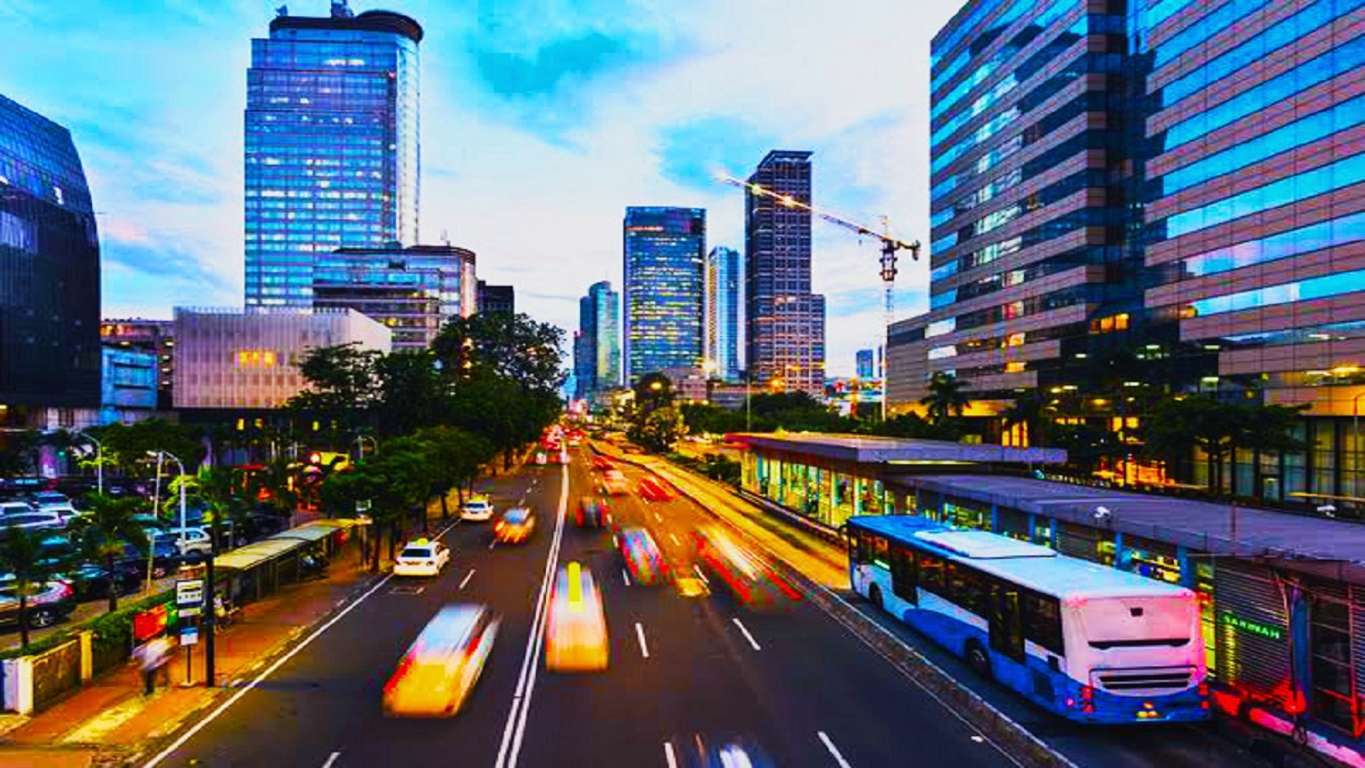
Smart Roads: An Integrated Technology for Future Innovative India

JOURNALISM IN PLANNING
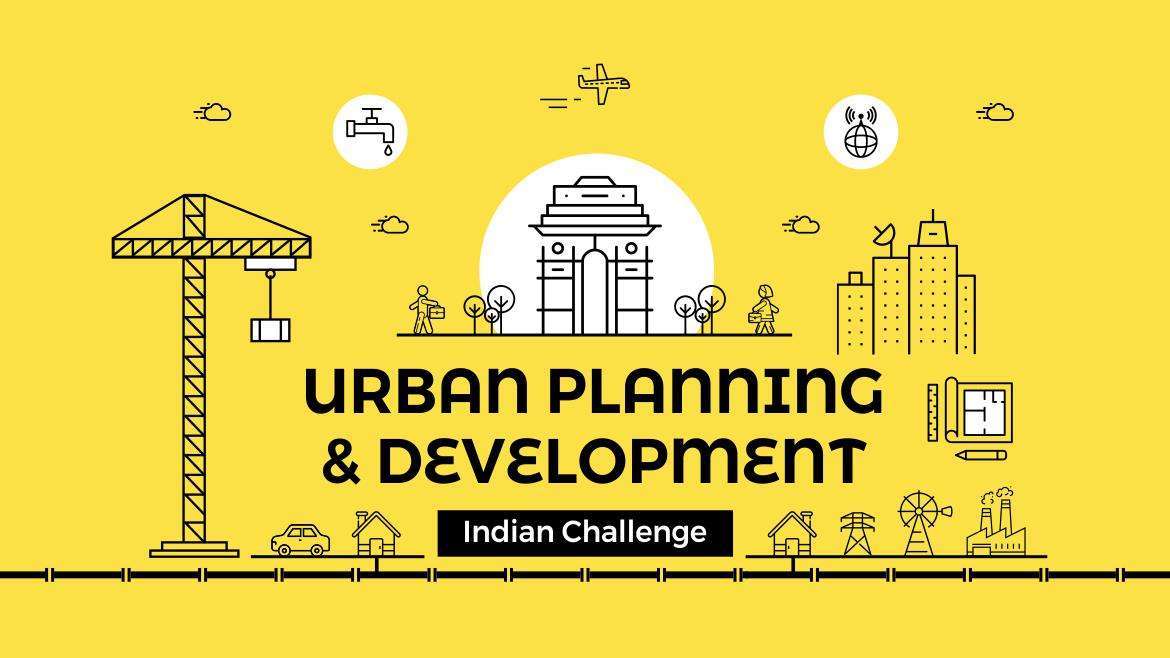
PLANNING IN INDIA
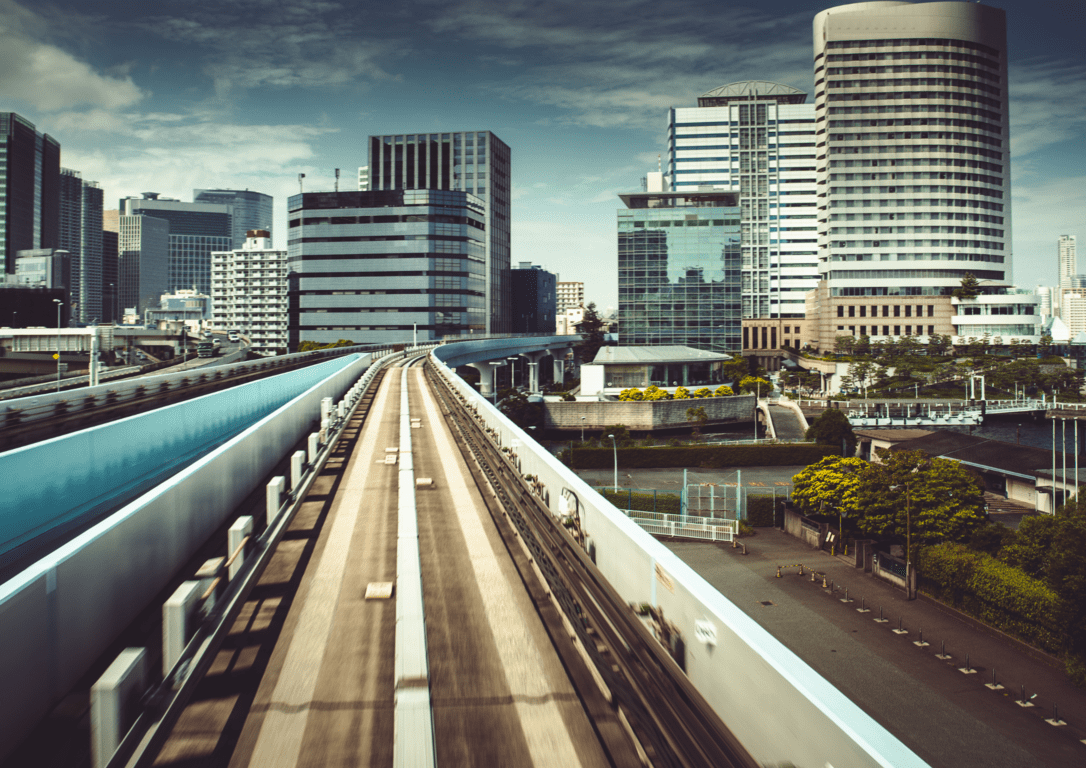
Introduction of Transit Oriented Development in metro cities: A case study of Kochi
